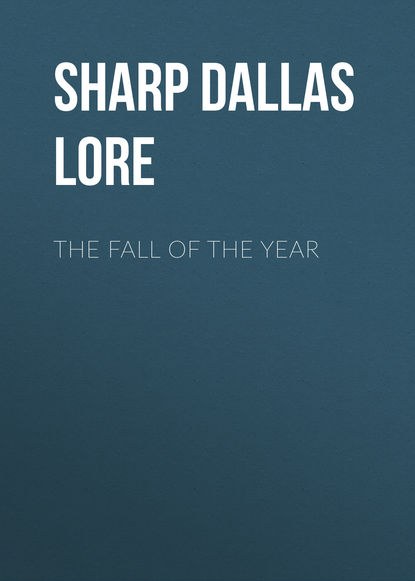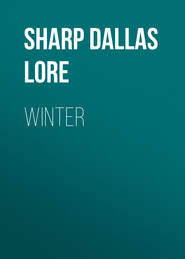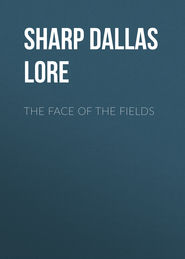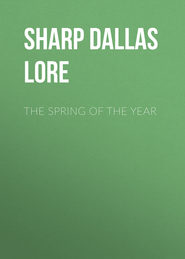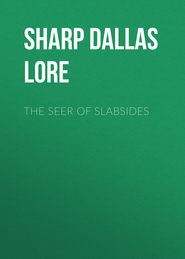По всем вопросам обращайтесь на: info@litportal.ru
(©) 2003-2024.
✖
The Fall of the Year
Настройки чтения
Размер шрифта
Высота строк
Поля
to the deep tangled jungles of the Amazon: Some of the birds go even farther south – away into Patagonia at the end of the southern hemisphere. There is no more interesting problem, no more thrilling sight in all nature, than this of the migrating birds – the little warblers flying from Brazil to Labrador for the few weeks of summer, there to rear their young and start back again on the long, perilous journey!
CHAPTER XIII
TO THE TEACHER
Let the chapter be read aloud by one pupil, with as much feeling as possible to the paragraph beginning, “I love the sound of the surf,” etc.; for this part is story, action, movement. Do not try to teach anything in this half. Let some other thoughtful pupil read the next section as far as, “Honk, honk, honk,” beginning the third paragraph from the end. This contains the lesson, the moral, and if you stop anywhere to talk about bird-protection, do it here. Let a third pupil read the rest of the chapter. Better than a moral lesson directly taught (and such lessons are much like doses of castor oil) will be the touching of the child’s imagination by the picture of the long night-flight high up in the clouds. Read them “To a Water Fowl,” by Bryant; and also some good account of migration like that by D. Lange (“The Great Tidal Waves of Bird-Life”) in the AtlanticMonthly for August, 1909. Read to them Audubon’s account of the wild goose, in his “Birds.”
FOR THE PUPIL
Page 97
followed through our open windows: “followed” how? Must one have wings or a flying-machine in order to “follow” the wild geese?
Round and dim swung the earth below us…: What is the picture? It is seen from what point of view?
the call to fly, fly, fly: Did you ever feel the call to fly? Ever wish you had wings? Ever start and run as Mowgli did, or long to get up and go somewhere as the pilgrims did in the Canterbury Tales?
Page 99
in our hands to preserve: Do you belong to the Audubon Society, to the “Grange,” or to any of the organizations that are trying to protect and preserve the birds? And are you doing all you can in your neighborhood to protect them?
Page 100
not in a heap of carcasses, the dead and bloody weight of mere meat: We may be hunters by instinct; we may love the chase, and we may like to kill things. But do you think that means we ought to, or that we any longer may, kill things? No; bird life has become so scarce that even if we do want to, it is now our duty to give over such sport in the larger interests of the whole country, and try to find a higher, finer kind of pleasure, – as we can in trying to photograph, or “shoot” with the camera, a bird, getting an interesting picture in place of a dead body.
Page 101
the mated pairs of the birds have flocked together: In domestic geese the mated pairs often live together for life; and among the wild geese this, doubtless, is often true.
Page 102
may I be awake to hear you: In what sense “awake”?
The wild geese are passing – southward: the end of the autumn, the sign that winter is here.





